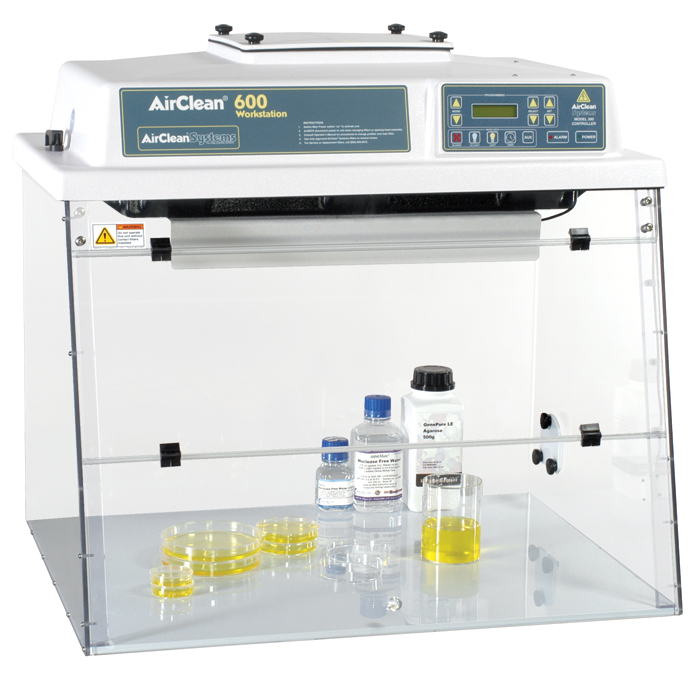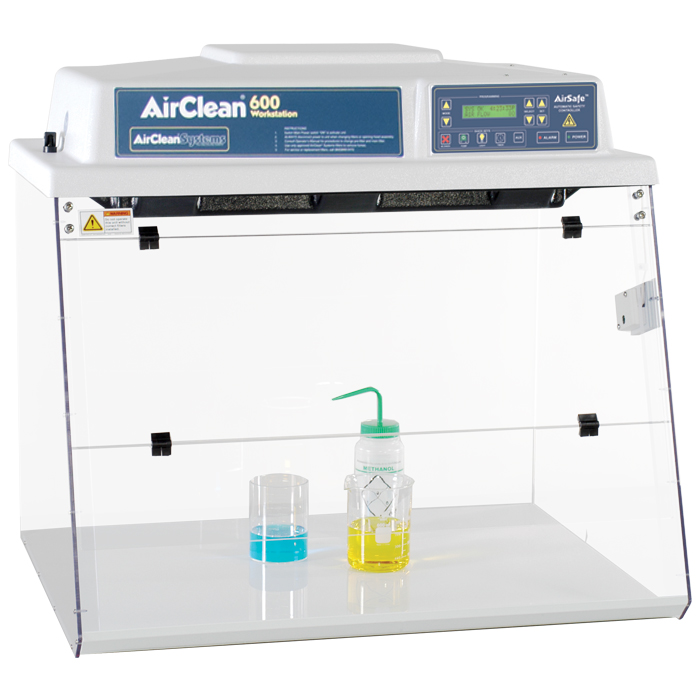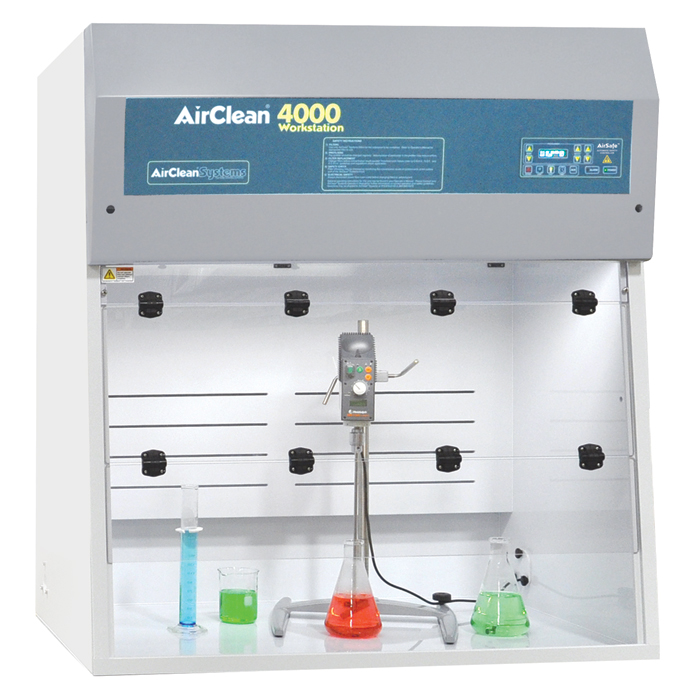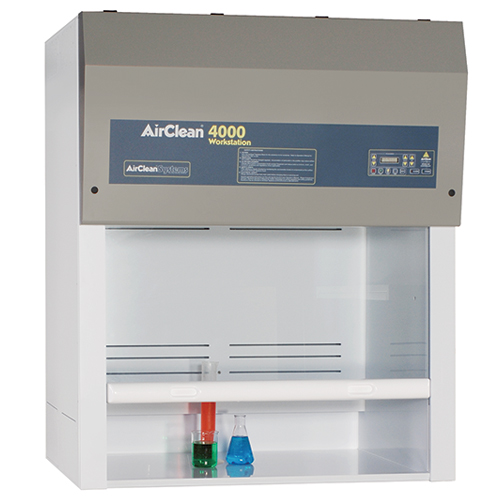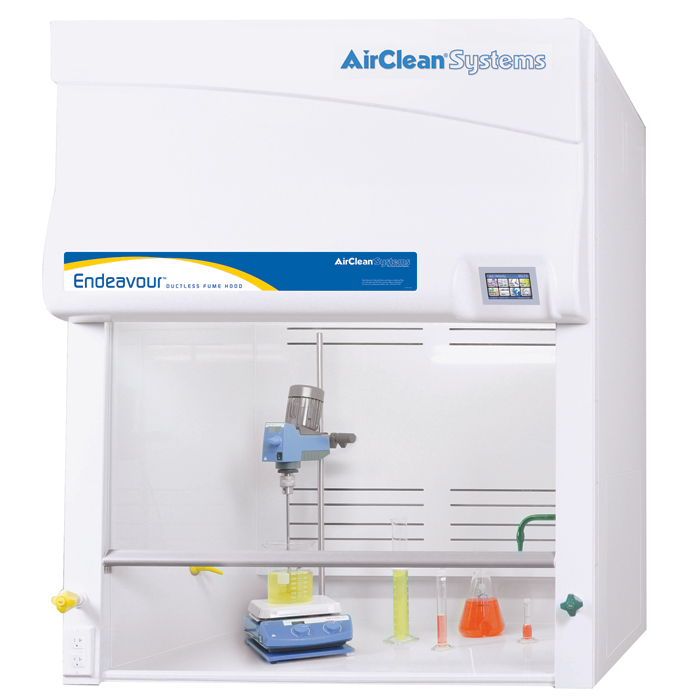
Trace Metal Analysis
Preventing Sample Contamination During Trace Metal Analyses
It is estimated that metals make up almost 25 percent of the Earth’s crust. Their abundance, malleability, and strength has made metals a key component of almost every part of our daily lives. Metals are in our computers, phones, chairs, and desks. They make up many components of assembly or manufacturing lines, tools, and air handling systems. Metals are also an integral part of biological systems; making them essential for life as we know it. Each metal has slightly different properties, which makes certain metals ideal for particular applications. Some applications even combine metals to create metal alloys such as steel, which have the desired properties of each of the metals used to create them.
The near ubiquity of metals in our bodies and environments makes them a large source for potential contamination of products and processes. Therefore, trace metal analyses are often conducted to test for the presence and quantity of metals in a sample of a final manufactured product. One of the most widely known examples is metal contamination of food products. Some metals, like mercury and lead, are considered toxic. Ingestion, inhalation or absorption of these types of metals in certain quantities can lead to serious health issues. Therefore, the presence of metals, particularly heavy metals, within food and drinking water is heavily regulated by the Food and Drug Administration (FDA) and Environmental Protection Agency (EPA), respectively. Trace metal analysis of pharmaceutical products is also required by the United States Pharmacopeia (USP) in accordance with USP General Chapter <232>. The presence of unwanted or “contaminating” metals can also lead to issues in metal refining and production of metal alloys. Trace metal analysis for these applications is often used to determine the purity of an alloy or refined metal because impurities in the form of contaminating metals could alter the product’s metallic properties. Alterations in the properties of alloys or refined metals can lead to quality and potentially safety issues because most alloys and refined metals are subsequently used to manufacture other products. Trace metal analysis of environmental and/or product or biological samples can help identify and match potential sources for contamination and exposure (ex. presence of lead paint in a home).
Given the importance of detecting “contaminating” metals to health and safety as well as the cost associated with discarding a contaminated product lot or batch, it is imperative that trace metal analyses are accurate. However, just as the abundance of metals in the environment makes them likely to contaminate finished products, they are also likely to contaminate the trace metal analysis procedure. Metal contamination during sample preparation for trace metal analysis can lead to incorrect or skewed results and consequently interpretations. Preparation of samples for trace metal analyses in a vertical laminar flow hood can help prevent sample contamination from environmental metals. Vertical laminar flow hoods pull room air through the top of the hood where it is HEPA-filtered prior to entering the hood and moving down and across the work surface. The air is then exhausted toward the operator. Therefore, these types of vertical laminar flow hoods should only be used for non-hazardous sample preparation procedures, where protection for the operator is not needed. Polypropylene hoods, instead of metal hoods, can help prevent contamination from the hood itself, while the use of appropriate personal protective equipment can protect from operator-derived contamination of samples (i.e. skin cells, clothing etc.). For some applications, samples for trace metal analysis must be dissolved or digested using acids. These types of sample preparations should be conducted in a fume hood. A ductless fume hood containing a carbon filter to filter out vapors from contaminated hood air may be appropriate for a small number of samples. However, operators should always check with the manufacturer to confirm that the acids required for sample preparation are approved for use within the hood. If a large number of samples need to be subjected to acid-digestion, a hood designed specifically for acid-digestion may be required.
